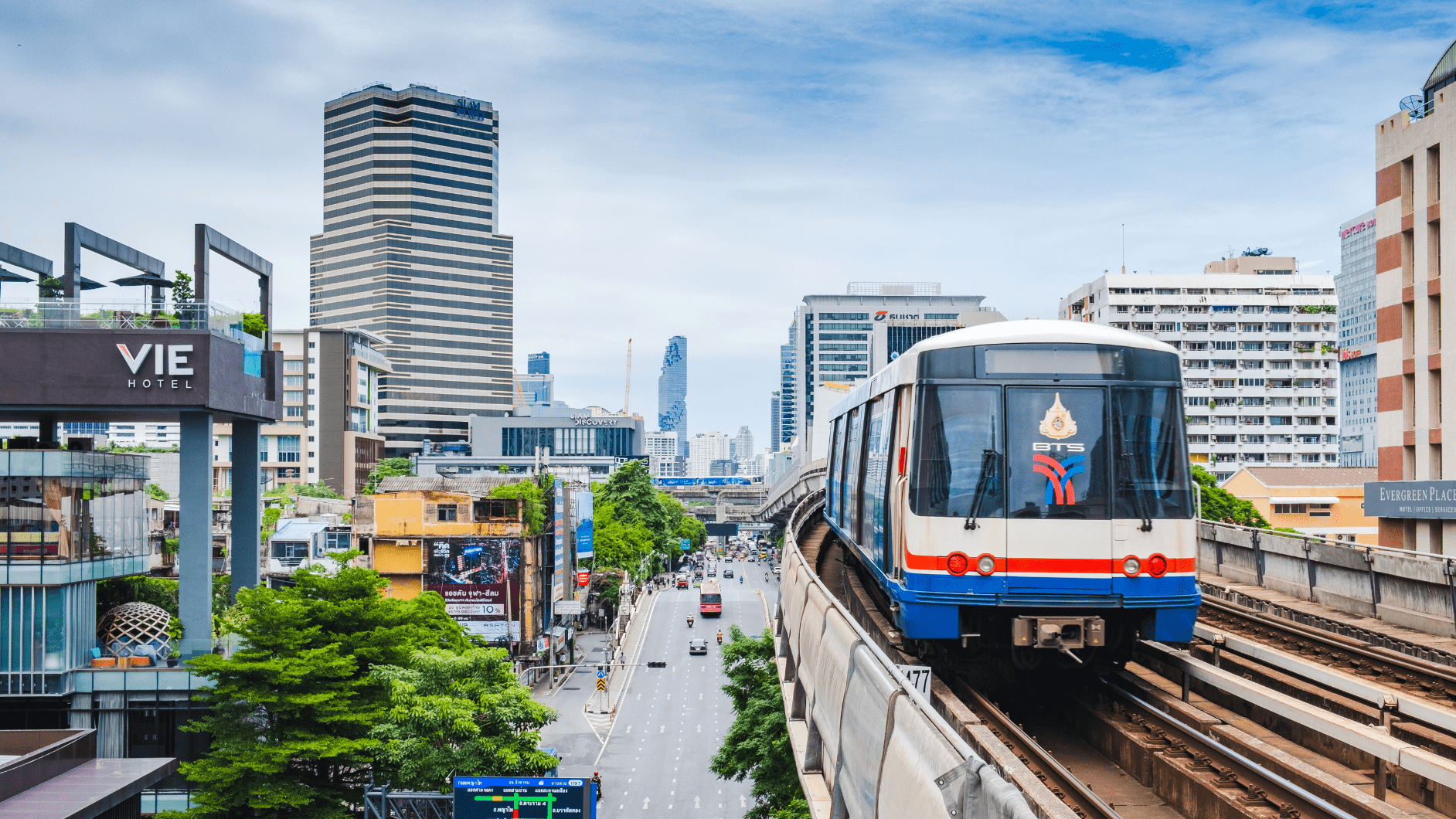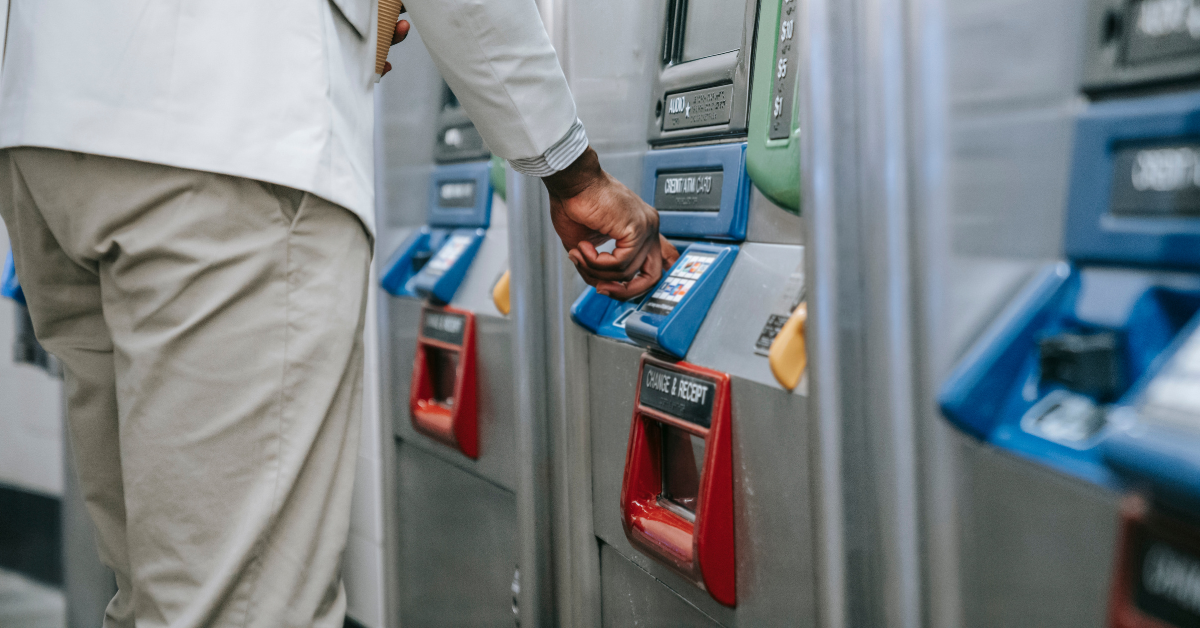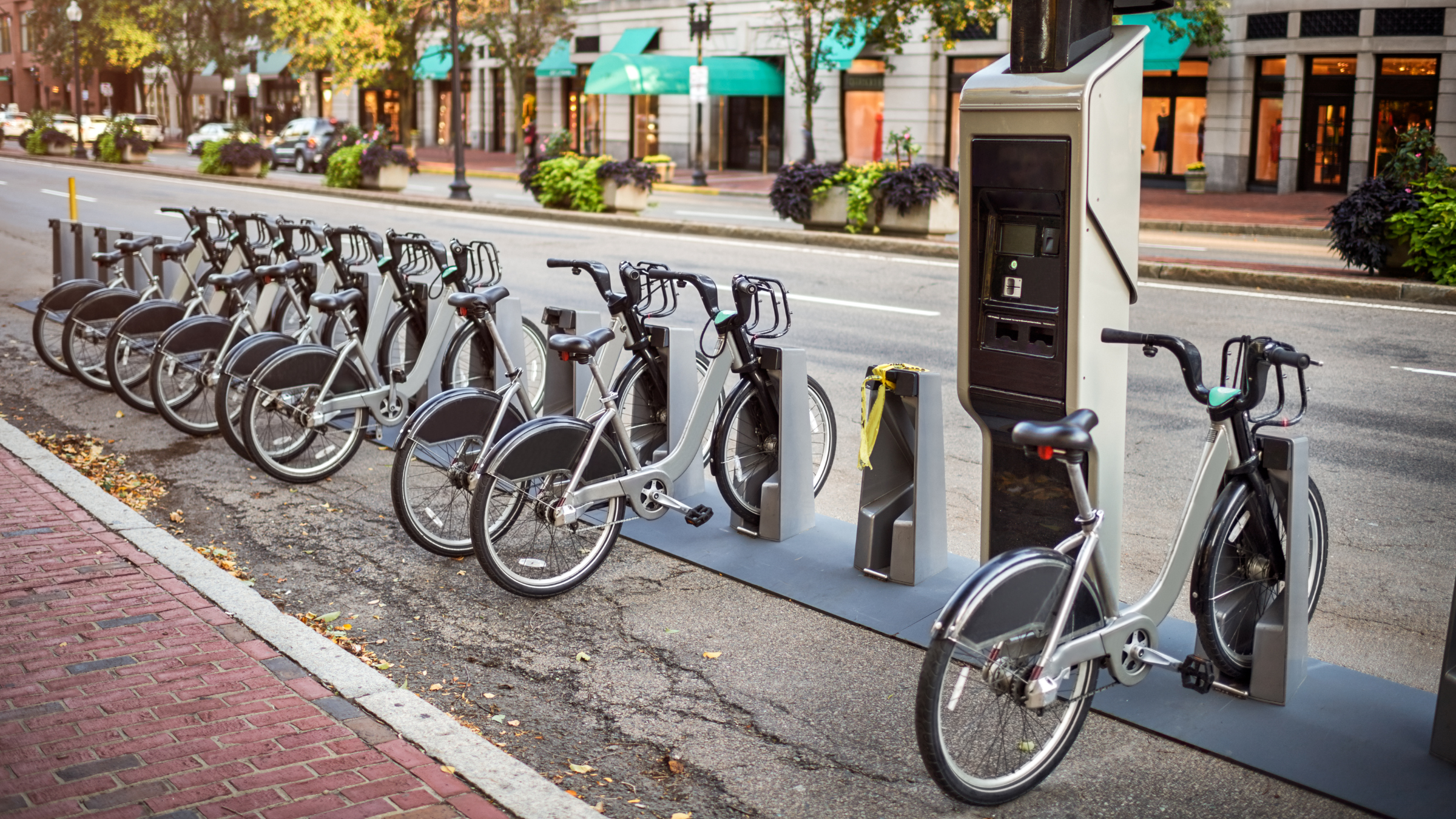How Plug And Play Technologies Offer a Modular Approach To Fare Collection
by Andreea

Public transit operators are on a continuous mission to improve the travel experience for passengers and maximize the efficiency and profitability of their network. One of the biggest challenges in doing this is modernizing fare collection while maintaining the flexibility, reduced costs, and experiences customers require.
Plug and play technologies offer a modular approach to this issue, allowing transit operators to integrate new fare collection methods seamlessly. This will enable them to move away from the rigid, proprietary systems and embrace a more flexible and scalable solution. We thought we would take a closer look at how plug and play works in the world of transit and the benefits that it can bring to your network.
What is plug and play technology?
Firstly, it is important to understand what we mean when we are talking about plug and play technologies. This terminology refers to systems that can be easily installed and operated without the need for any extensive or time-consuming configurations. In the context of public transportation, plug & play provides a seamless solution to integrating new fare collection systems, minimizing effort and disruption to your network.
This technology operates by allowing a wide range of different components, such as payment devices, processing platforms, and mobility applications, to quickly work together in a modular fashion.
How do plug and play technologies work in public transit?
Traditionally, fare collection on transit networks has relied on a closed-loop, proprietary system that requires dedicated infrastructure and often costly customisation. Plug and play technologies are revolutionising this by enabling a modular and interoperable solution that can integrate seamlessly into the network without the need for any major overhauls.
Here’s how the system works:
Modular components
One of the core aspects of plug & play technologies is the interconnected yet independent components. This includes things such as fare validation devices, payment service providers, acquirers, back-office systems, and mobility apps. Each of these components is designed to function independently but integrates seamlessly, allowing transit authorities to choose the best-in-class providers for each part of the system.
Seamless fare payment processing
Passengers use contactless cards, mobile wallets, or QR codes to pay fares at validators. These validators communicate with PSPs and acquirers to process payments in real-time. Since plug and play solutions support multiple payment methods, they also allow agencies the ability to provide a frictionless experience to passengers without needing to be locked into one provider.
Open standards and interoperability
Plug and play technologies need to adhere to global standards such as EMV contactless payments, ISO transit fare protocols, and APIs for data sharing between different systems. This means that different vendors’ technologies are able to work together without the need for extensive customization, further reducing costs and implementation time.
Cloud-based back-office integration
All transactions and systems data are sent to a centralized back-office platform that is able to monitor and reconcile payments, generate reports, and manage fraud detection and security. Since these systems are cloud-based, transit agencies are able to scale and update their back-office solutions without the need for extensive infrastructure changes.
Faster upgrades and expansion
With plug and play technology, agencies can easily upgrade components or expand new modes of transit without having to impact the entire system. This helps to provide a far greater level of flexibility and cost-effectiveness.
What are the key types of plug and play providers in transit?
Plug and play transit payment systems consist of multiple specialized providers working together to create a seamless fare collection experience. Each provider plays a crucial role in ensuring an efficient, secure, and scalable transit payment. Some of the key types of providers in this system include:
- Device providers
These providers offer the physical equipment that validates fares and processes the payments in transit vehicles and stations. They play a vital role in enabling contactless, mobile and barcode-based ticketing and include things like contactless card readers, mobile payment scanners, biometric authentication devices, and tap-and-go terminals.
- Payment service providers
Payment service providers (PSPs) act as a bridge between transit agencies and financial institutions. They handle the secure authorization and processing of transactions made by passengers. The core functions to plug and play PSP include processing contactless and mobile payments, ensuring compliance, supporting multiple payment types, and protecting against fraud and risk.
- Acquirers
Acquirers are banks or financial institutions that handle transaction settlements for transit fare payments. They authorize payments, process funds, and transfer money to the transit agency’s account.
- Back-office systems
Back-office platforms provide real-time data analytics, financial reconciliation, and operational oversight of fare collection. The core functions of this are to aggregate fare payment data, monitor revenue, fraud, and system health, provide automated financial reconciliation and integrate with external transit management tools.
- Mobility Apps
Mobility apps provide passengers with digital ticketing, trip planning, and fare payment options via their smartphones or wearable technology. This allows passengers to purchase, store, and validate their tickets, plan their journeys, and discover a range of fare-capping advantages.
What are the benefits of plug and play technologies?
Incorporating plug and play technologies provides transit agencies with a flexible, modular, and future-proof approach to fare collection. Unlike traditional closed-loop systems, which are expensive and difficult to upgrade, these solutions enable seamless integration, scalability, and cost efficiency.
Some of the key benefits of adopting plug & play technologies include:
Reduced costs and faster deployment
One of the most significant advantages of plug and play technologies is the ability to reduce costs while rolling out contactless payments. Traditional fare collection systems demand custom-built infrastructure, which can be expensive and time-consuming to develop.
Plug and play solutions eliminate the need for proprietary hardware and software, allowing agencies to adopt pre-configured, interoperable solutions that seamlessly integrate into existing services. This helps to lower long-term maintenance costs and reduce transaction expenses as well as enable transit agencies to implement new payment technologies much faster.
Increased flexibility and scalability
Flexibility is crucial for transit agencies that are looking to adapt to the ever-evolving passenger demands and emerging payment technologies. A plug and play approach allows agencies to mix and match different components, such as payment service providers, fare validation devices, and mobility apps, without being locked into a single vendor.
This allows agencies to upgrade and replace specific elements without affecting the entire infrastructure.
Enhanced passenger experience
Modern passengers expect frictionless, fast, and convenient fare payment options and plug and play technologies help transit agencies to meet these expectations. By supporting mobile payment methods like contactless cards, mobile wallets, QR codes and biometric authentication, plug and play solutions provide greater flexibility for commuters.
Real-time payment also eliminates the need for physical ticket purchases, reducing queues at vending machines and improving the overall boarding experience. The ability to integrate with mobile apps and digital ticketing also creates a seamless transition between different transit modes.
Future-proofing transit infrastructure
As the transportation landscape continues to evolve, transit agencies must ensure that their systems remain compatible with emerging technologies. Plug and play solutions provide a future-proof framework that allows for continuous innovation without requiring costly infrastructure replacements.
By supporting open-loop payments and standardized APIs, PnP technologies make it easy for agencies to adopt new payment methods, such as biometric ticketing or AI-powered fare management, without significant modifications.
Improved security and fraud prevention
Security is a leading priority in fare collection, especially with transit agencies handling millions of transactions every day. Plug and play technologies are helping to enhance security by incorporating advanced encryption and tokenization techniques, protecting customer payment data from cyber threats.
These systems also integrate with real-time fraud detection mechanisms, which can identify suspicious activities and prevent fraudulent transactions before they occur. Contactless payments further minimize security risks by reducing the need for physical cash handling and magnetic stripe cards, which are often more vulnerable to theft and counterfeiting.
Data-driven decision making
Finally, plug and play technologies empower transit agencies through real-time data insights that improve operational efficiency and strategic planning. By consolidating fare collection data across different providers and payment channels, plug and play back-office systems offer valuable analytics on passenger behavior, revenue trends, and systems performance.
This data allows agencies to optimize fare policies, adjust transit schedules based on demand, and enhance service accessibility in underserved areas. It can also be used to prepare for fluctuations in passenger numbers due to seasonal trends or fare policy adjustments.
Final thoughts
The adoption of plug and play technologies in transit systems represents a major shift toward more flexible, cost-effective and future-ready fare collection systems. By leveraging modular solutions, transit agencies can reduce costs, improve scalability, enhance security, and provide passengers with a seamless and modern payment experience.
Here at Littlepay, we have been working with transit authorities across the globe, helping to provide an express route to contactless payment acceptance on public transport. We work with over 400 transport and mobility providers around the world, so if you want to find out more about our services and how we can help you, get in touch with our team today.
 Insight
Insight
 Knowledge
Knowledge
 News
News






